EM@3AM: Leukopenia
EMDocs
JANUARY 25, 2025
Management is directed based on underlying etiology, but consider fluid resuscitation, antipyretics, and antibiotics as indicated. A 45-year-old outdoor enthusiast presents to the emergency department with fever, headache, myalgias, and malaise. F1000Research 2024, 13:241 ( [link] ) Jafari, A., Najivash, P., Khatami, M.

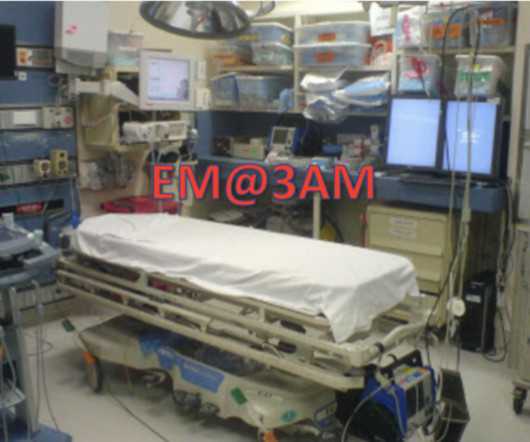






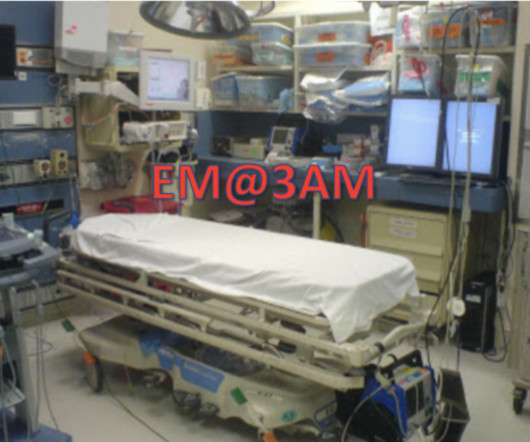



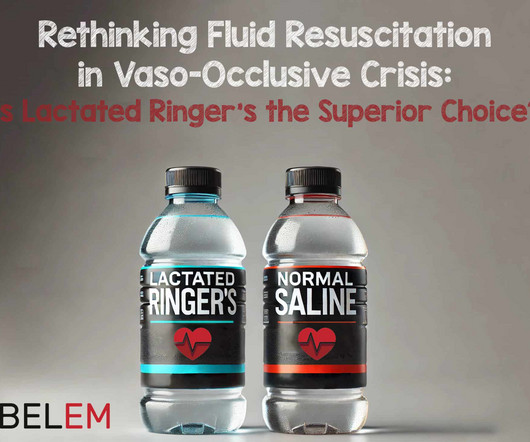

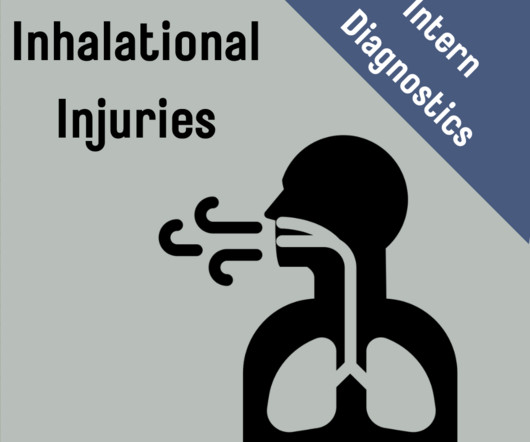
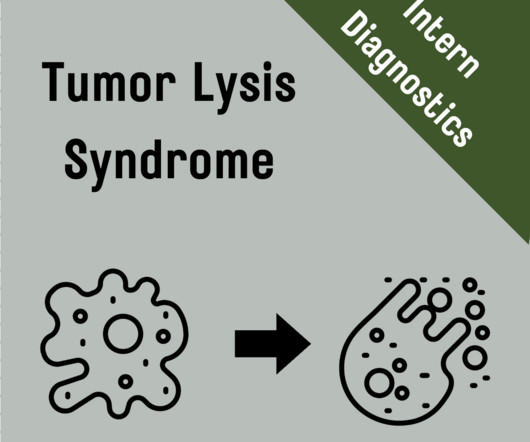
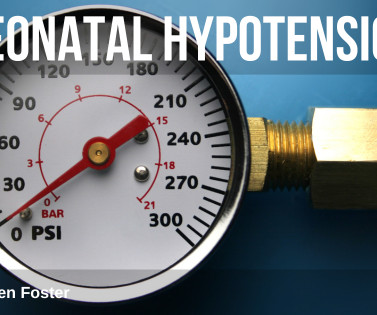







Let's personalize your content